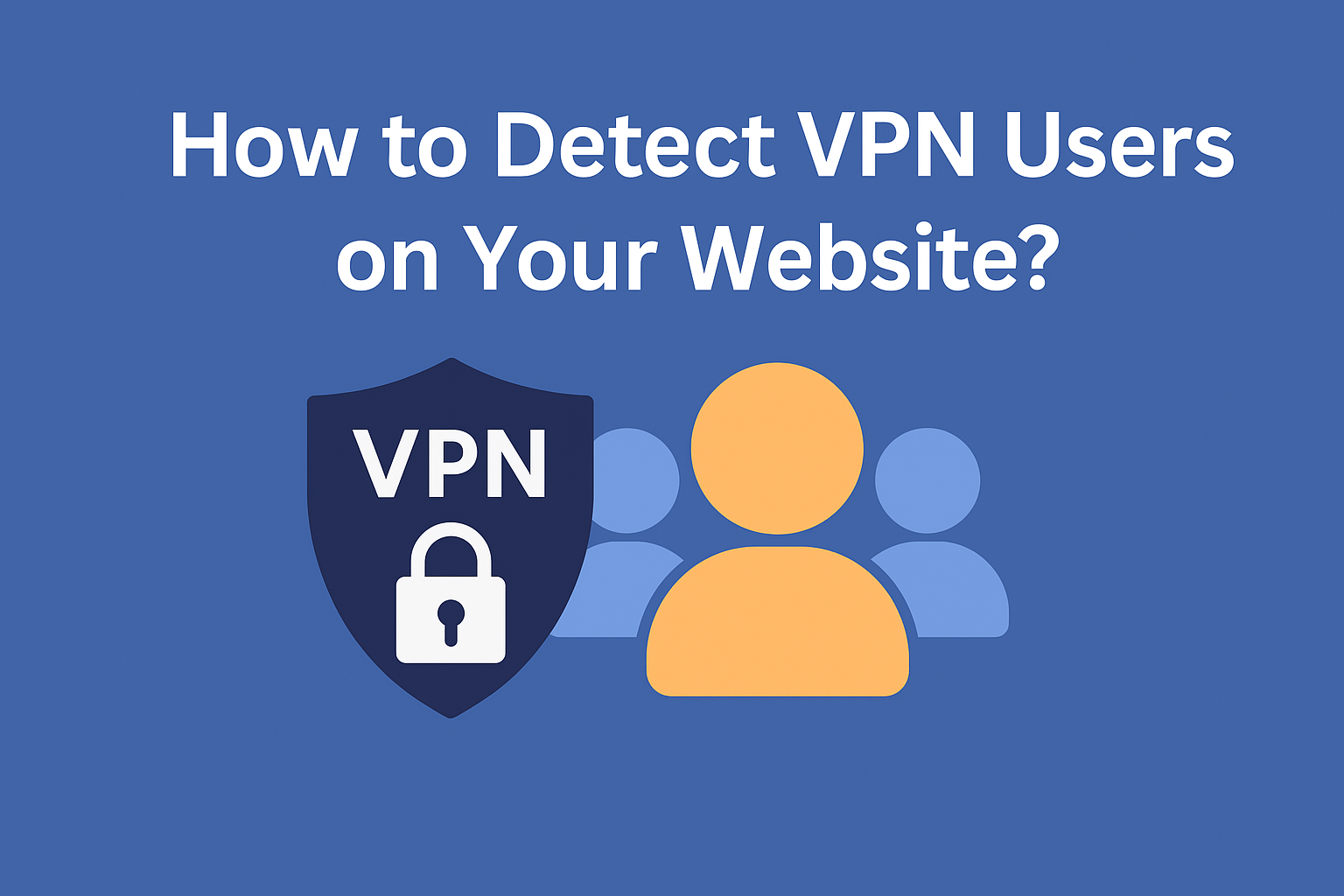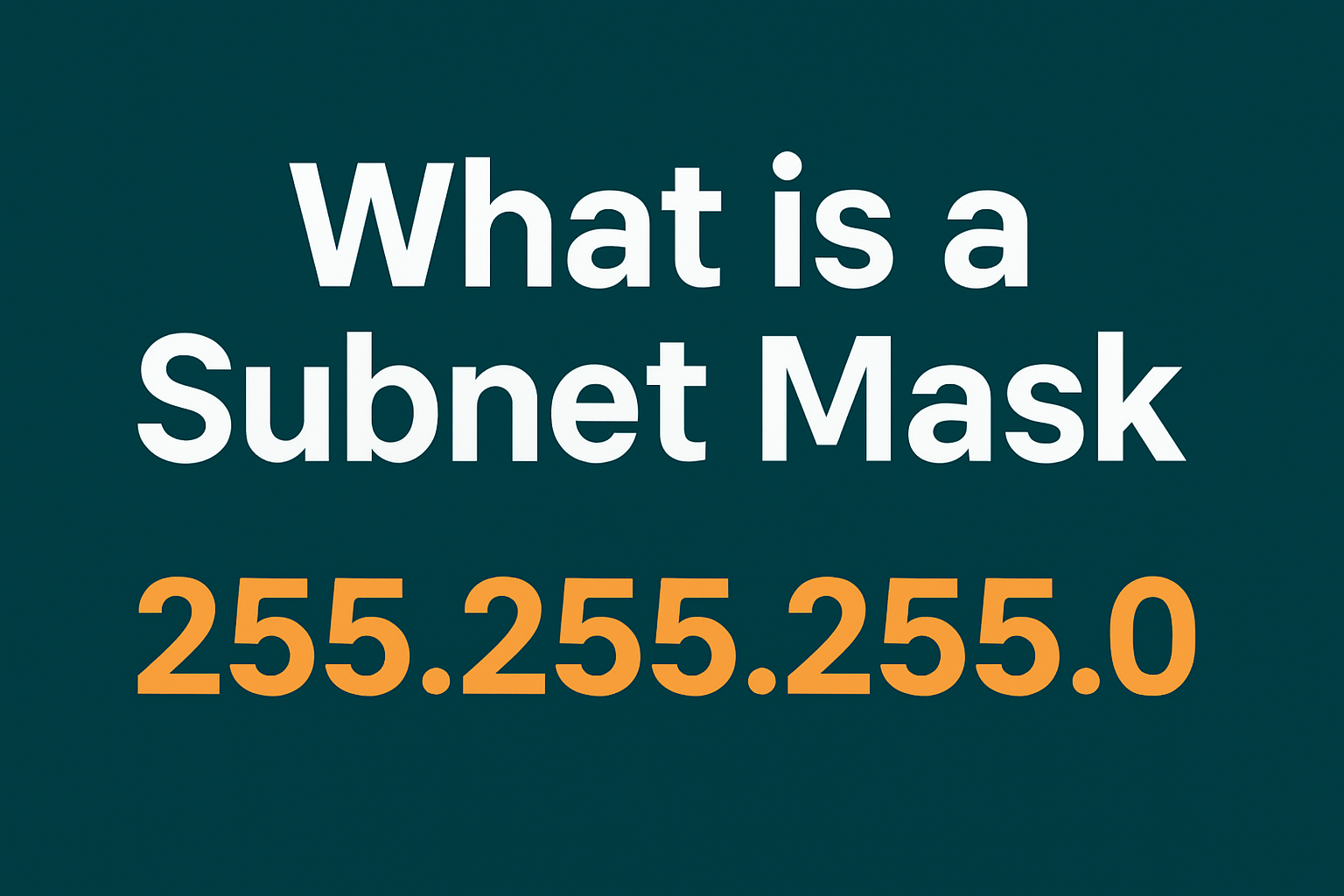“Why am I seeing ads for a cafe down the street when I’ve never searched for it?”
If you’ve asked yourself this, you’ve already brushed against geo targeting in action.
But how does geo targeting work, and what are the different ways of performing it?
This article will walk you through everything you need to know about geotargeting, including:
- What strategies and targeting methods do businesses use
- How to make geotargeting successful with the right best practices
- How modern technology has increased location accuracy
- How performance-focused channels like performance TV advertising are evolving
- Why GeoPlugin should be your first step

Let’s get started.
Table of Contents
Geotargeting Strategies: Types and Approaches
Now, “How does geo targeting work?”, especially if you’re trying to move past the generic country-wide spray and pray method.
There are three common ways marketers perform geotargeting when country-level targeting isn’t an option.

Targeting by Region or City
Running ads across the whole country when your product only fits certain regions makes no sense. It’s like using a sledgehammer to hang a picture.
It’s true that it might still get you some sales, but at what cost? Most of your ad spend is going to waste due to general targeting.
You can instead employ regional or city-level targeting and make a smart use of that ad spend.
Some of the popular ad platforms, like Meta (Facebook) and Google Ads, allow you to target smaller geographical slices, like:
- States
- Provinces
- Cities
- ZIP codes
- DMAs (Designated Market Areas)
You can also pick sub-regions like trade zones or metro areas, depending on where your audience lives, works, or shops.

Hyperlocal Targeting: ZIP Code Precision
Sometimes, even a full metro area is too big for your campaign.
In such a case, your strategy should be to get more nuanced and target your audience using their ZIP codes.
A by-product of ZIP-code based targeting is that it reveals where conversions are actually happening.
For instance, let’s say your company was advertising in broad city campaigns and discovered that certain ZIP codes are bringing in more click-throughs and new customer signups than others.
Now you can use this information to dedicate more spending to those high-performing ZIPs, instead of spreading the budget evenly.
But you must keep one thing in mind when working with ZIP codes.
The United States Postal Service (USPS) abstractly assigns ZIP codes merely for mail delivery routes. Thus, you should not always expect a ZIP code to represent a geographic region.
In other words, ZIP codes have a tendency to overlap, disappear inside each other, or have no consistent boundaries.
ZIP-code targeting can accidentally skip valid prospects while eating up budget in areas that look good on paper but don’t perform.

Radius and Proximity-Based Geotargeting
An alternative to city and ZIP code based geotargeting is radius based geotargeting.
It lets you create your own geographical regions instead of working with pre-established geography.
You can draw a circle around your business or any location. Doing that will make your ads/content reach people inside that boundary, regardless of city or ZIP code lines.
A benefit of this method is that it lets you change bids by proximity.
For instance, you can bid higher, say $1.75 for users within half a mile because they’re far more likely to stop by, and scale bids down ($1.50) for people two or five miles away.

Best Practices for Effective Geotargeting
The strategies we just discussed are merely frameworks. To make them successful is still up to you.
Here are some best practices to follow when performing geotargeting.

Clarify Your Campaign Goals
Before you start, you have to decide what you even want from your campaign.
Are you expecting more website traffic from a specific region or extra foot traffic in your store? Or are you trying to break into a new market?
The goals you set in this stage will shape every choice of your strategy that follows.
Analyze and Segment Your Audience
Getting a sneak peek of who your audience is and what their buying habits are can greatly influence your campaigns. And by influence, I also mean influence the outcomes of your geotargeted campaigns.
You need to get your hands on first-party data.
First-party data is the information you collect directly from a user’s interactions, such as:
- Purchase history
- Shipping addresses or billing ZIP codes
- On-site browsing behavior and
- Abandoned carts
- In-store visits
- Loyalty program activity
Once you have this data in one place, you can build segments based on geography and combine them with behavioral traits. After combining, you can then target each segment with a different strategy.
For example:
- Shoppers within 10 miles of your store who have only purchased online could be the perfect segment for in-store invites.
- Loyal or regular customers near a specific location who haven’t visited recently can be the target segment for re-engagement campaigns.
- Locals with upcoming birthdays are a high-potential segment for personalized offers or exclusive perks.

Prioritize User Privacy and Data Security
Geo-targeting uses sensitive data like IP addresses or GPS information.
There are regions where there are stringent laws for the collection and use of this information.
In the EU, there are GDPR laws. Similarly, in California, there are CCPA laws to protect the privacy rights of citizens.
So if you are operating in such regions, make sure you comply with these regulations. How? By seeking proper consent from users in a way prescribed by the said regulations.
| Read here how you can collect GDPR location data legally. |
Failure to comply with them can have serious consequences, like hefty fines and bans on operating in those regions.
Best practices to follow in this regard include:
- Explicitly explain how you use location data in your cookie banner and privacy policy.
- Only collect data that’s essential and clearly disclose it.
- Regularly review your website’s practices to stay aligned with current privacy laws.
Deliver Tailored, Location-Relevant Content
Once you’ve completed the homework of identifying your target audience, give them content that actually matters in their area.
For that, you can try testing a wide variety of things. For instance, you can test whether visitors respond better when pages reflect local offers or messages.
You should also measure funnel performance for geo-targeted visitors against a control group. Why? To see if they are converting more or if the experience feels restrictive to them.
To avoid a poor experience, make the product or service availability clear. If you only sell in one country, say so upfront instead of letting international users click through to something they can’t buy. Or you can use geoblocking in that case as well.
When it comes to content and ads, you cannot sleep on the importance of choosing the right visual cues.
That’s because colors, designs, or themes interpreted positively in one region might send a completely different signal elsewhere.
So split-test these elements and don’t assume a single design works everywhere.
Fine-Tune Campaign Timing and Frequency
Don’t think your job is over just because your campaign went live.
You still have a lot to do. Sit down with your team and track impressions, clicks, and conversions to see what’s really working and what’s not. Simply, so you can make adjustments on time.
Those adjustments can be in the form of timing, frequency, or bidding strategies to keep campaigns optimized.
How Precise Is Modern Geotargeting?
Not long ago, location data was far less reliable.
Marketers had to work around issues like:
- Weak signal triangulation
- Dependence on rough IP-based locations
- The urban canyon effect, where tall buildings interfere with GPS signals.
All these gaps would reduce accuracy and often meant ads reached people outside the intended proximity.
But today, things look very different.
Advances in GPS satellites and Wi-Fi triangulation have made the process much easier and more efficient. New techniques like Bluetooth beacons and mobile geotargeting have dramatically tightened the precision of geotargeting.
Back in the day, campaigns struggled to narrow down more than a general neighborhood. But now, they can pinpoint users at the storefront level with striking accuracy.
Now, how does mobile geo targeting work? Let’s understand in the next section.
How Does Mobile Geo Targeting Work?
Mobile geo targeting, as the name suggests, makes use of your smartphone location data for advertising purposes. It delivers ads, limited-time offers, or content that’s relevant to your specific location. It is different than traditional IP-based targeting in a way that it makes use of the following to achieve high accuracy:
- GPS
- Wi-Fi signals
- Bluetooth beacons
- And cell tower triangulation
Instead of just knowing someone is in “New York City,” mobile geo targeting can tell if they’re:
- Near Times Square
- Inside a shopping mall
- or just walking past a specific store.
You can see that this location information is quite detailed. Due to this level of detail, it is highly useful to reach audiences at the right time and place.
Starbucks is an excellent and apt example of using mobile geo marketing at scale.
Mobile geo targeting helps Starbucks send personalized push notifications through its app when a customer is near its store.
If you’re within range of a Starbucks store around 8 a.m., you might get a “Grab your morning latte — your nearest store is just two minutes away” message.
This is a great use of proximity targeting. Not to mention, it shows how location plus timing can influence foot traffic and sales.
Marketers can also set radius campaigns when doing mobile geo targeting. For instance, a brick-and-mortar store could draw a 2-mile circle around its outlet and serve ads to anyone who enters it. Radius campaigns work best for flash sales, local events, or new store openings.
But, is there any catch? Yes! The accuracy depends on whether the customers have enabled location services on their phones.
If someone does not have GPS on or denied app permissions, the system won’t identify the exact location. But these days, almost everybody has location turned on on their phones. The reason is that a number of geotargeting apps use location data to provide their services.
Elevating Location-Based Marketing With Performance TV
We already know that location targeting has grown a lot over the years and has become efficient due to new technologies. This change has also made advertisers reconsider advertising across channels, including television.
Traditional TV (also called linear TV) would give broad exposure to ads but little clarity about who was actually watching them. It worked for building awareness, but it had no way to equip marketers with insights on how exactly the ads were performing.
But now, the shift has already begun with connected TV (CTV) and over-the-top (OTT) platforms. On these platforms, viewers stream content through smart TVs, gaming consoles, or devices like Roku and Amazon Fire TV Stick.
These platforms, while relatively new, can track analytics like demographics, preferences, and actions that let advertisers understand real viewer behavior.
With performance TV advertising, advertisers can see which specific ads drove website visits, app downloads, or, in some cases, in-store purchases.
Geotargeting Insights: Key Takeaways and Next Steps
That was a detailed answer to how does geo targeting works.
One of your takeaways from this discussion should be that there’s no way for businesses to beat the competition without geotargeting.
But where should you start? The answer is GeoPlugin!
GeoPlugin gives you quick access to users’ geolocation simply based on their IP. This data includes their country, city, ZIP code, ISP information, and much more.
Start using GeoPlugin today and put accurate geotargeting to work for your business.
FAQs
Below you’ll find some of the frequently asked questions related to how geo targeting works.
What is an example of geo targeting?
A good example of geo targeting could be a ski equipment seller that targets ads only to people in mountainous regions. And that too during the winter months. By doing this, they can easily avoid wasting budget on customers in flat or warm areas who rarely ski.
How does geomarketing work?
Geomarketing makes use of location data from devices (yours and mine) to show relevant ads to people in specific areas. It tracks where users are using GPS, IP addresses, and other location signals. Businesses can then display targeted messages based on customer proximity and local preferences.
How does location targeting work?
The aim of location targeting is to identify the accurate location of the users through their device’s GPS or WiFi. Advertisers then set geographic boundaries around specific areas they want to reach.
Is geotargeting effective?
Yes, the numbers depict that geotargeting improves advertising results by reaching the right people at the right place. Quite a few studies have shown that geo-targeted ads have higher click-through rates and better conversion rates. Local businesses benefit the most from it since they can focus their spending on nearby potential customers.
Can Google ads be GEO-targeted?
Yes, and Google Ads itself offers detailed geo-targeting options for businesses of all sizes. You can target countries, states, cities, or even draw custom radius boundaries. Google also allows you to exclude certain locations and adjust bids based on geographic performance data.
















